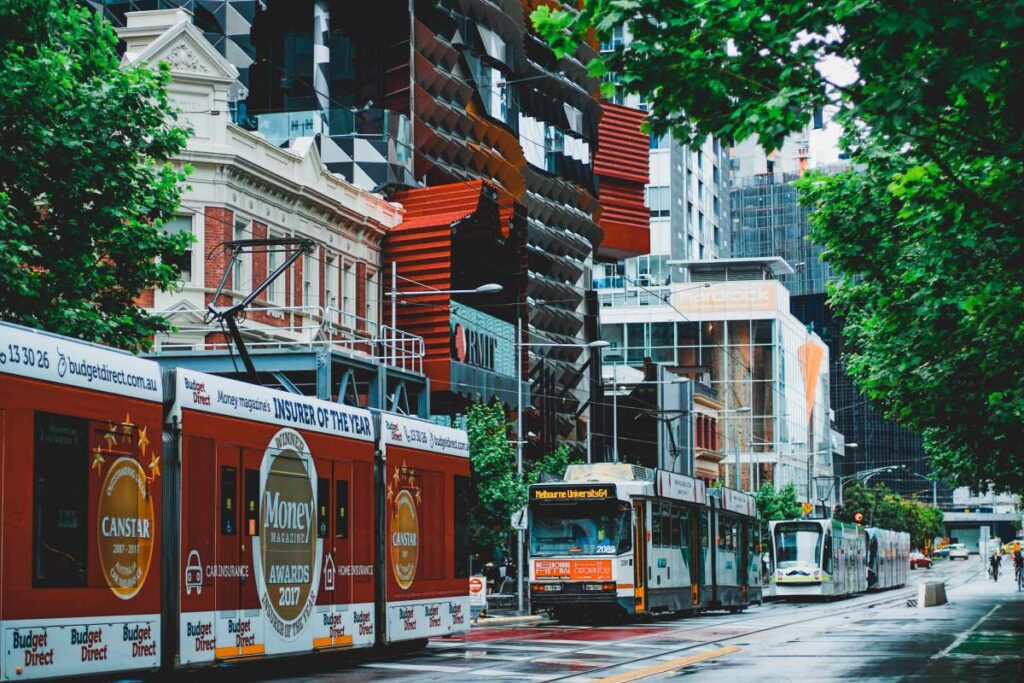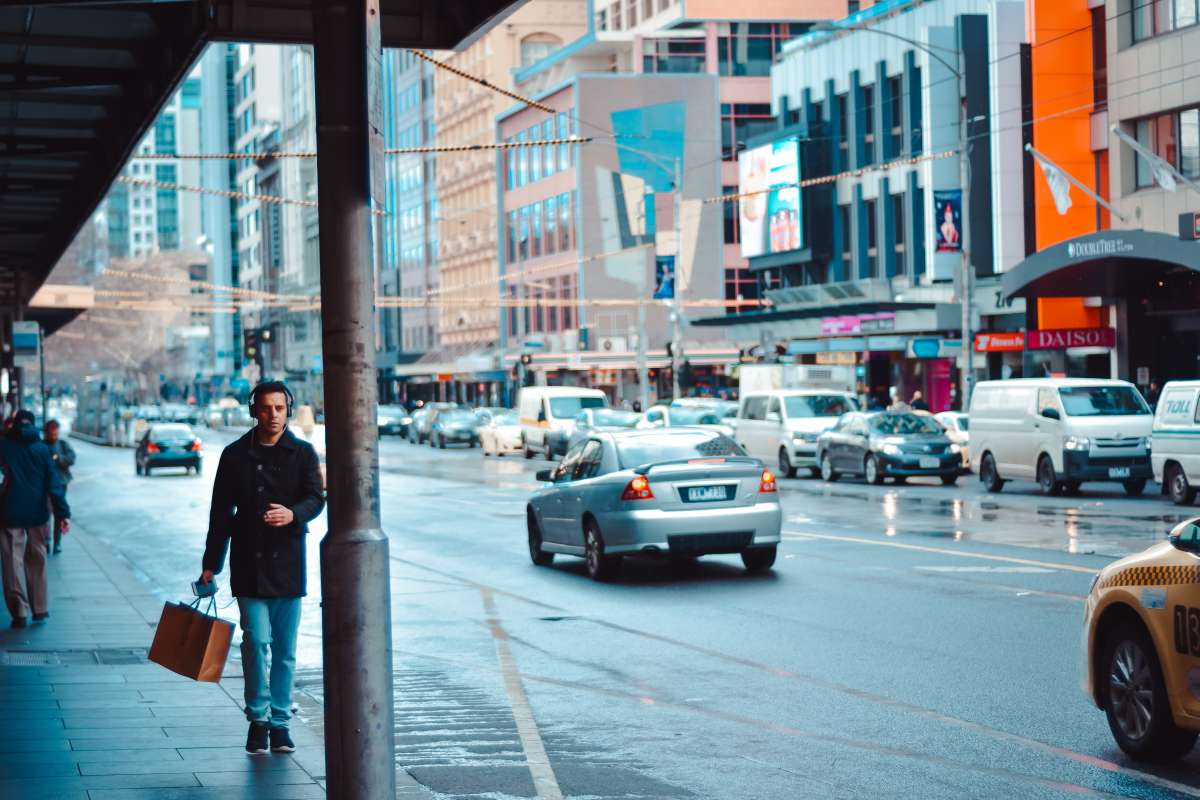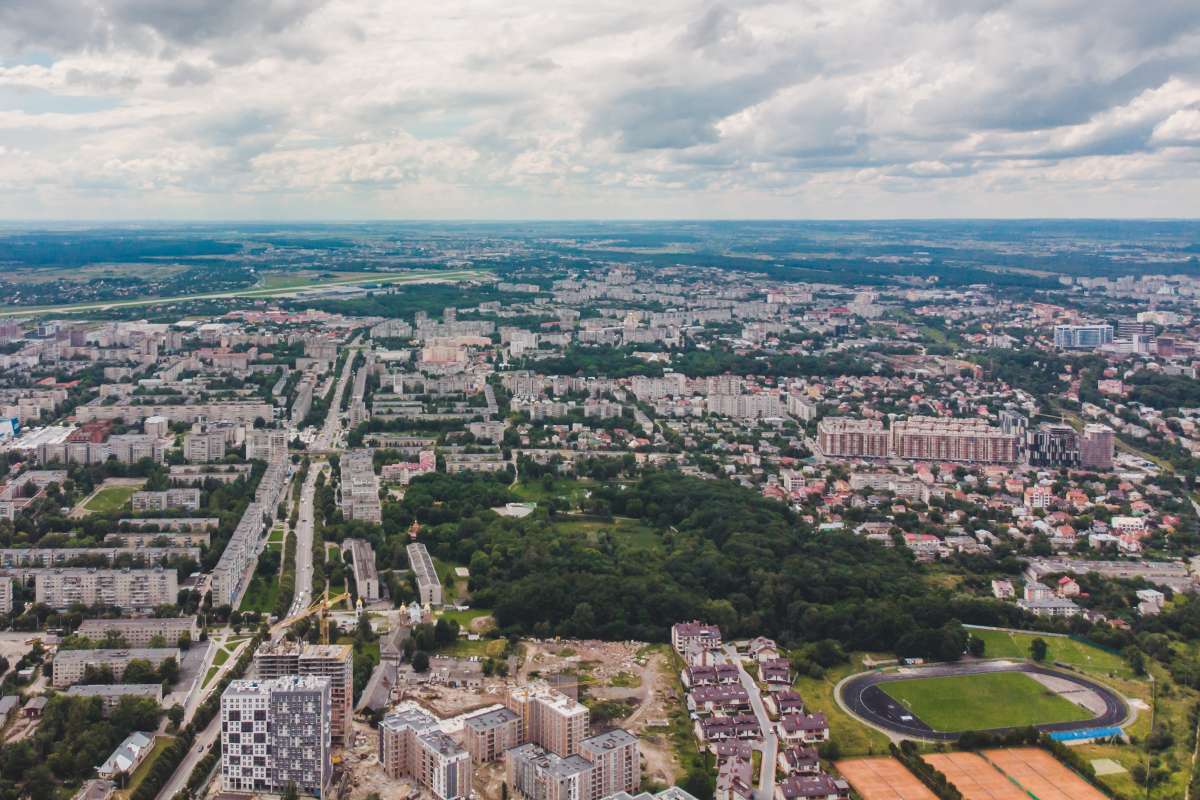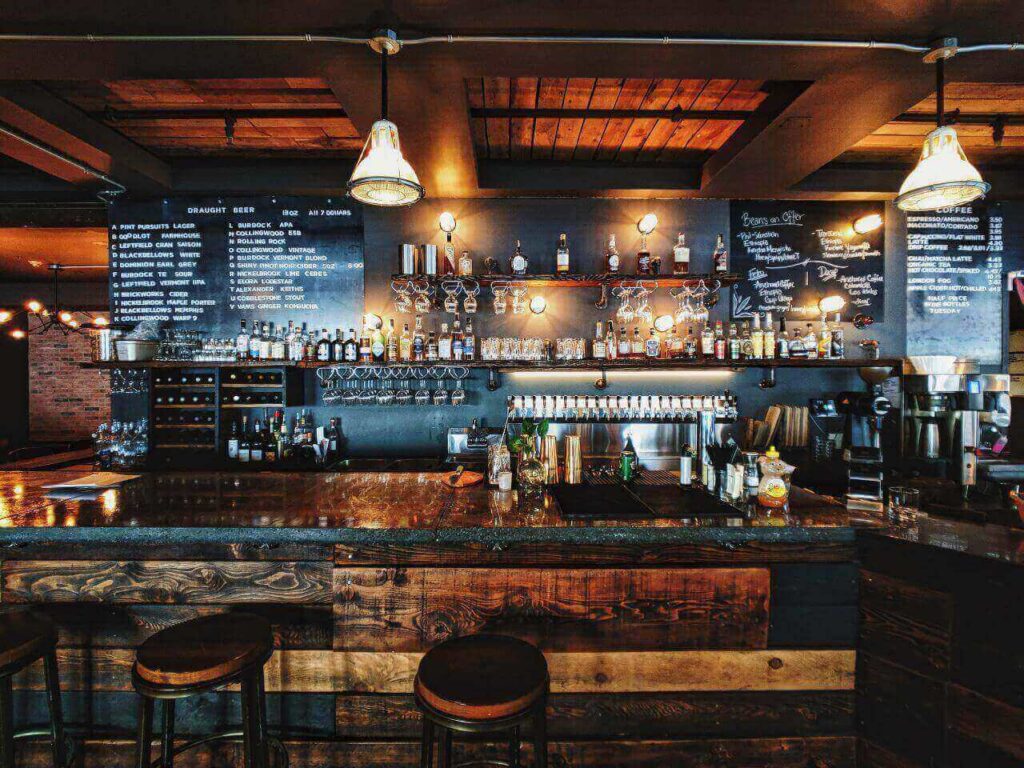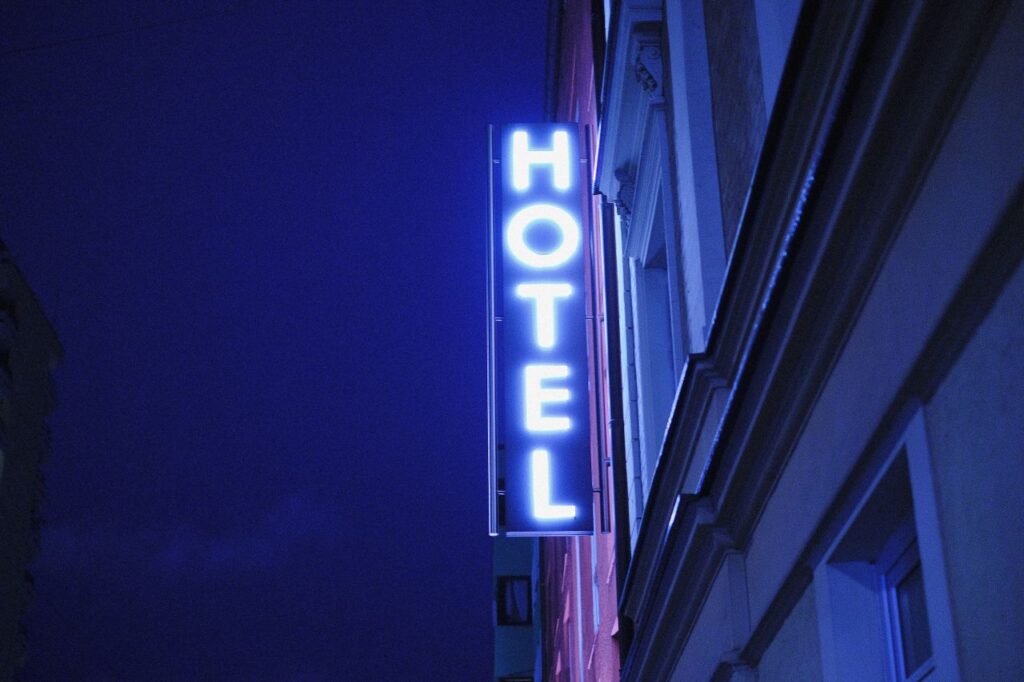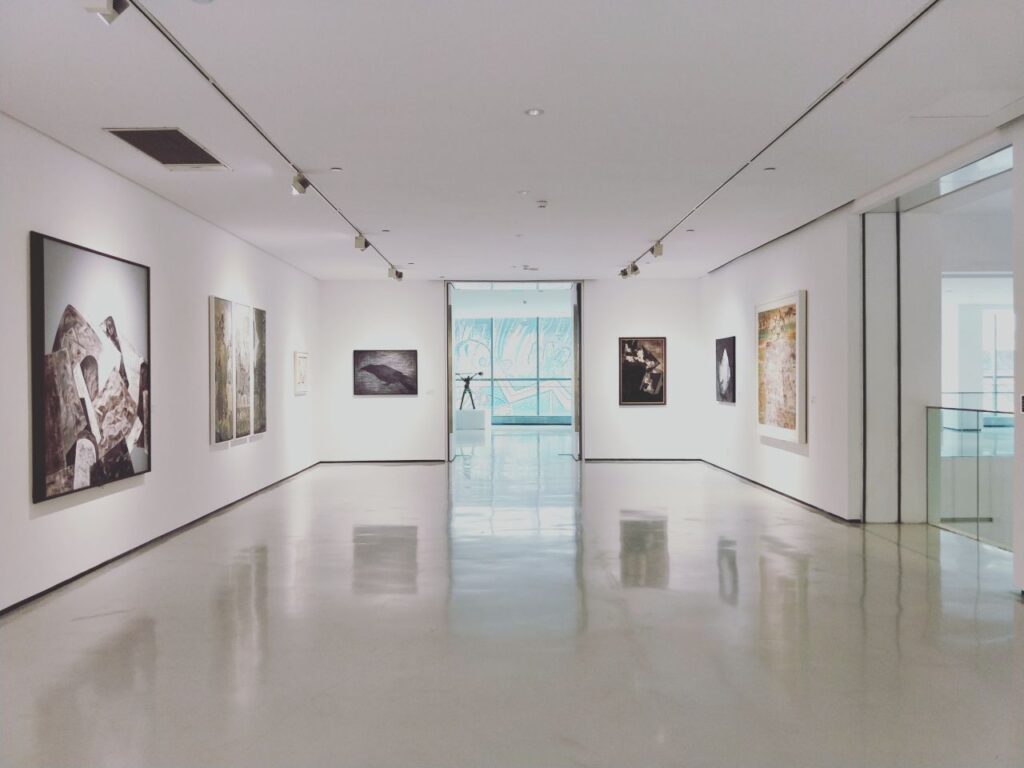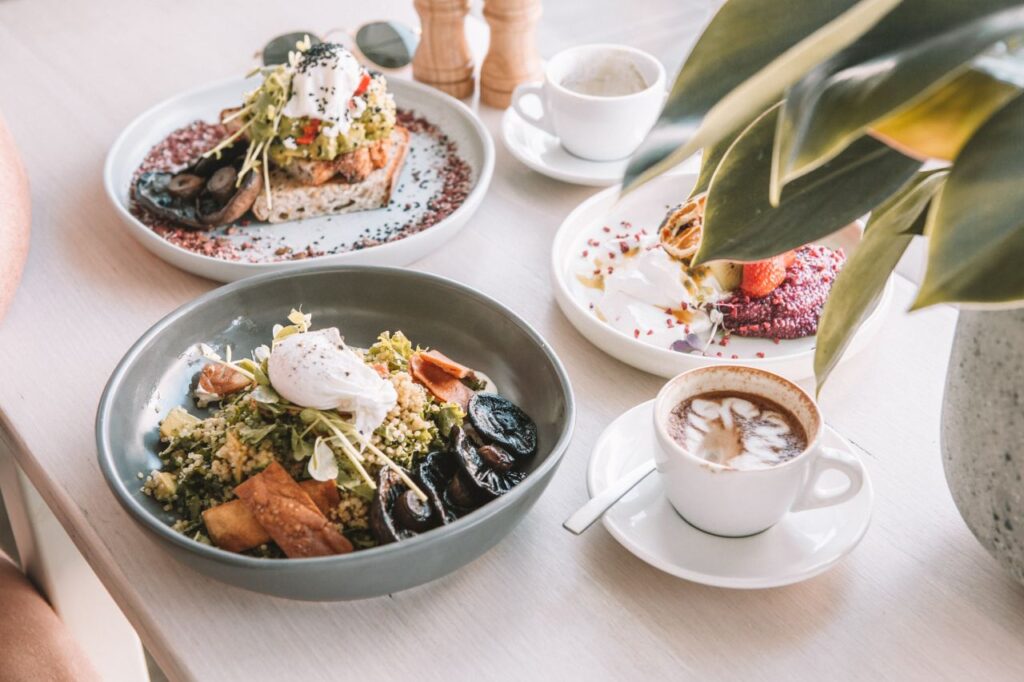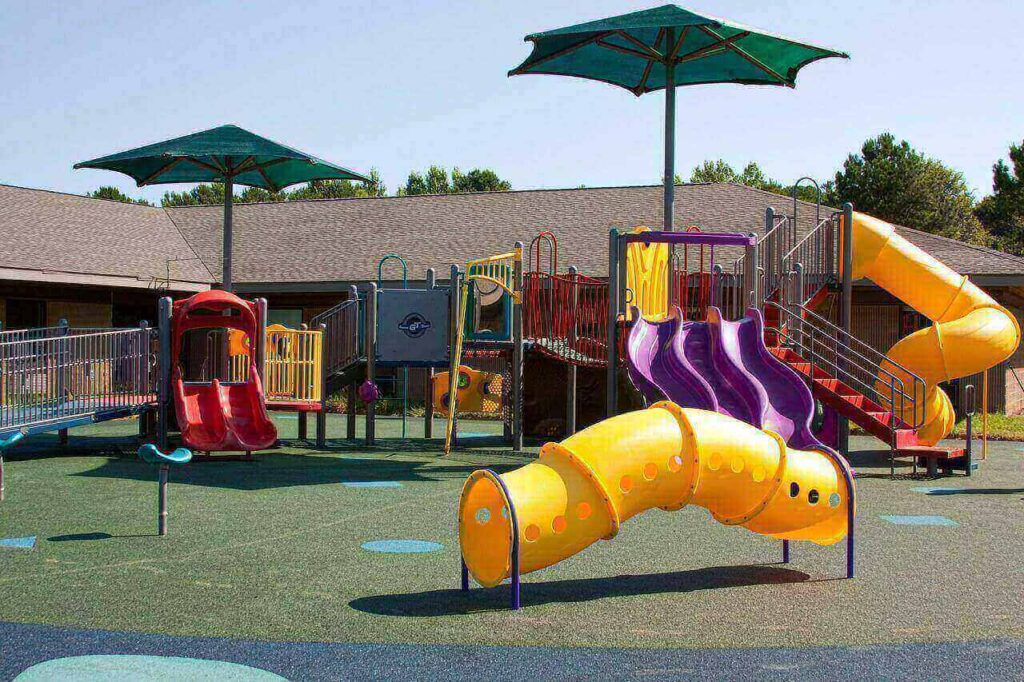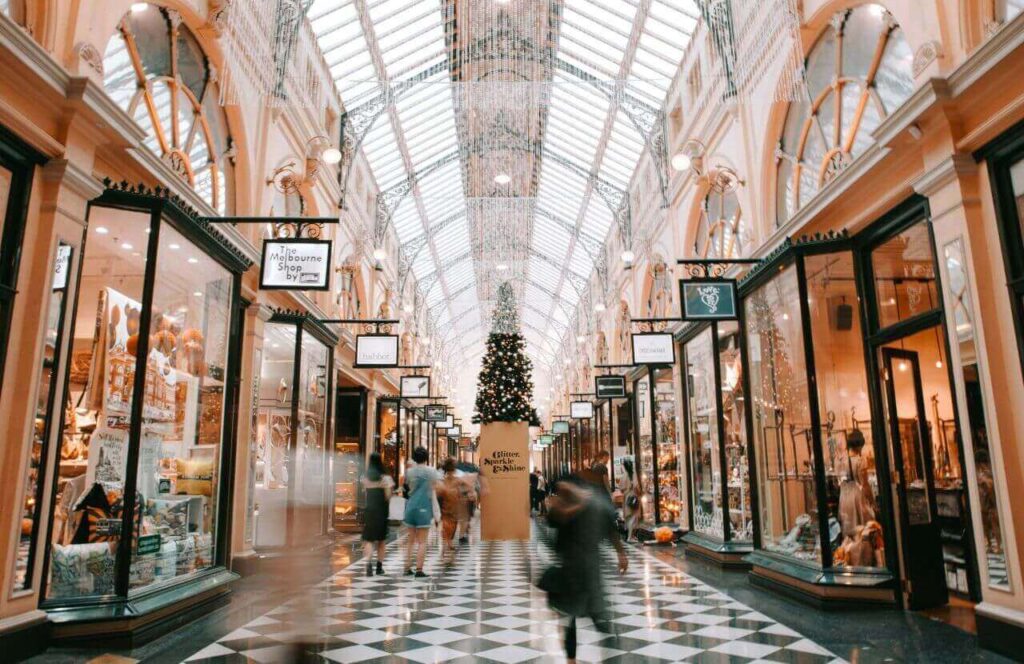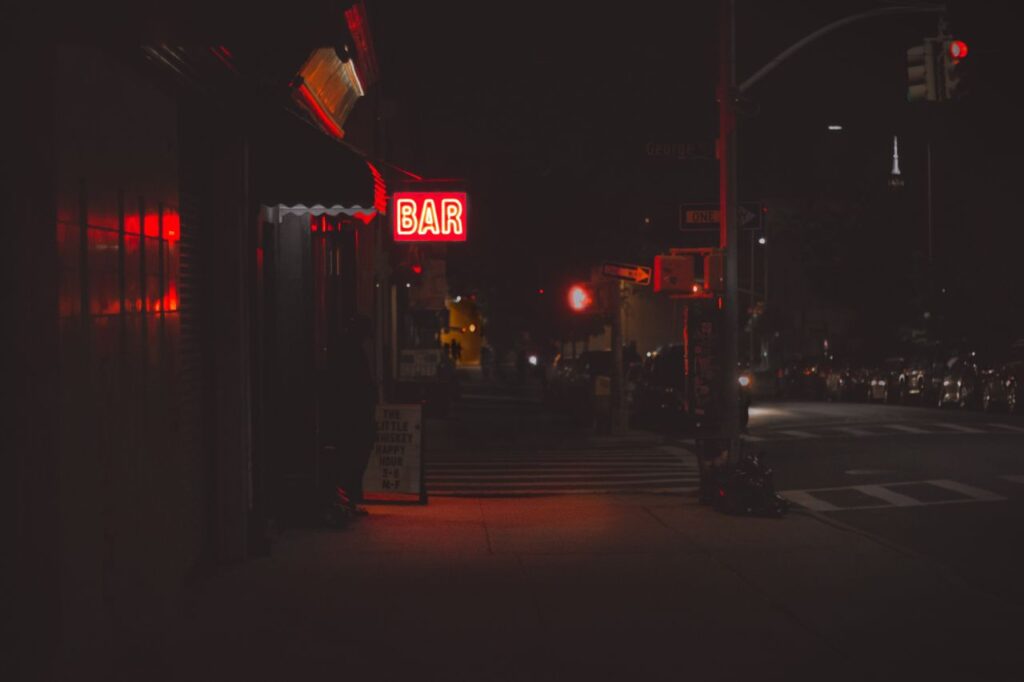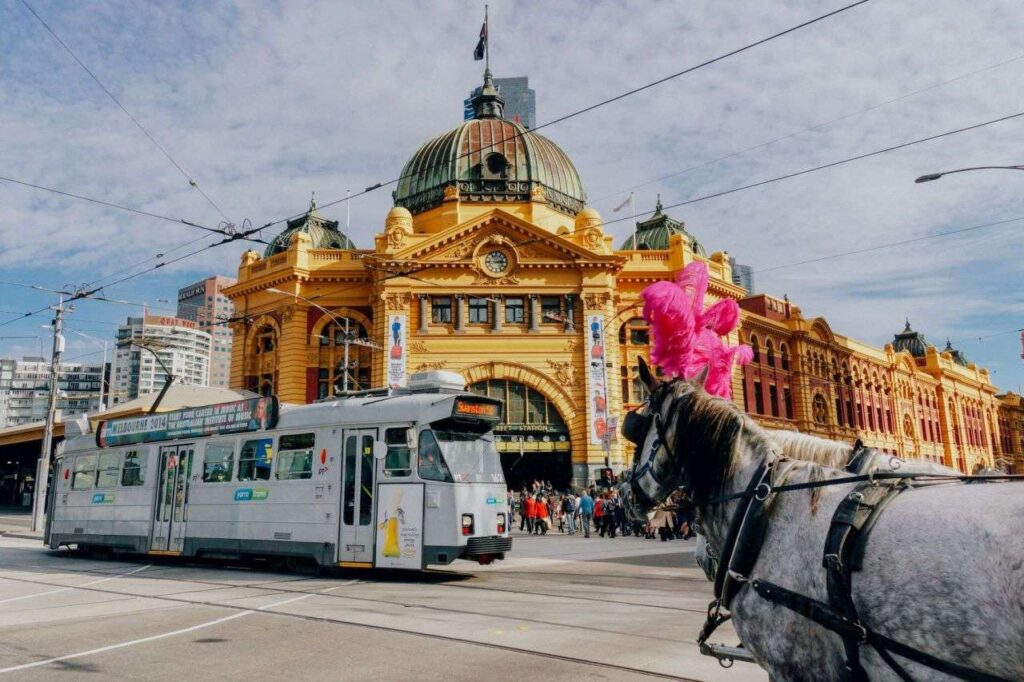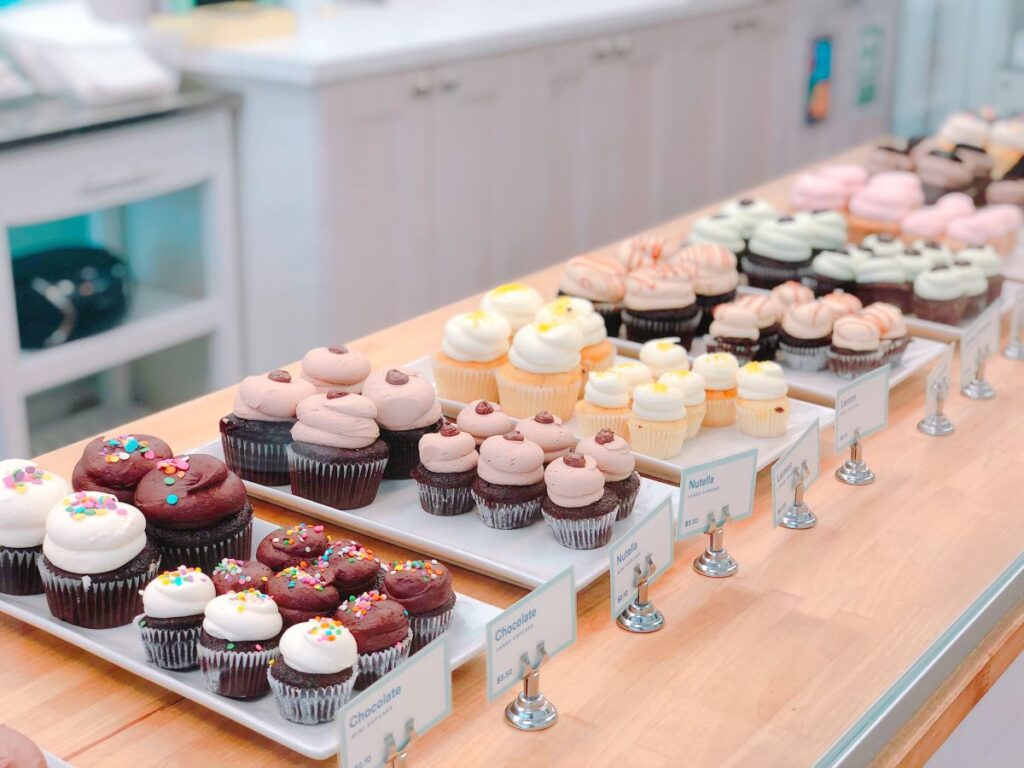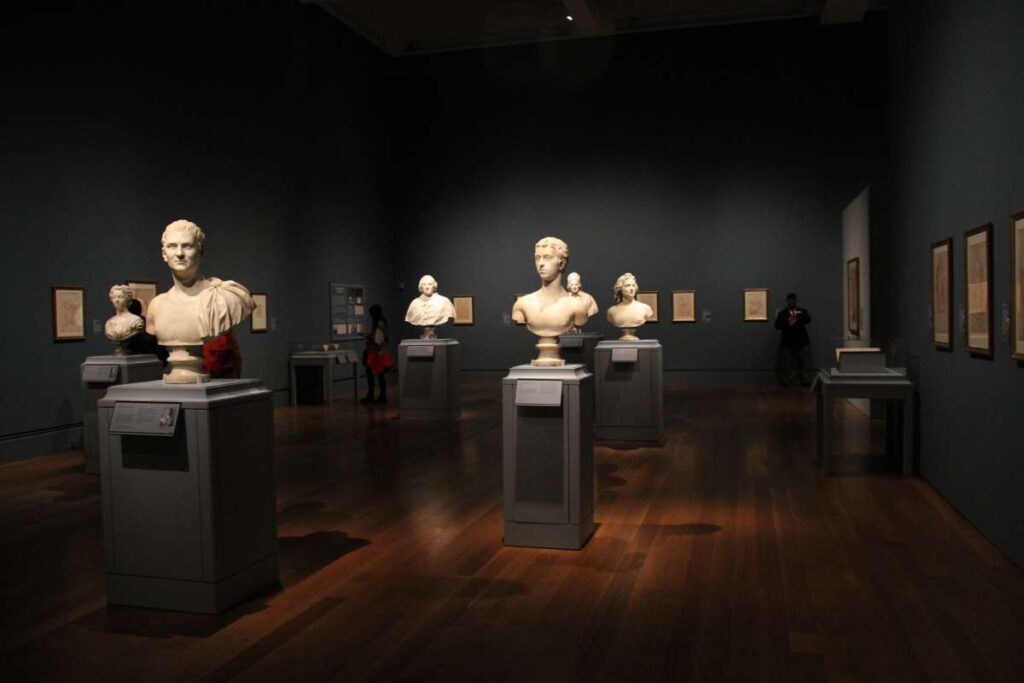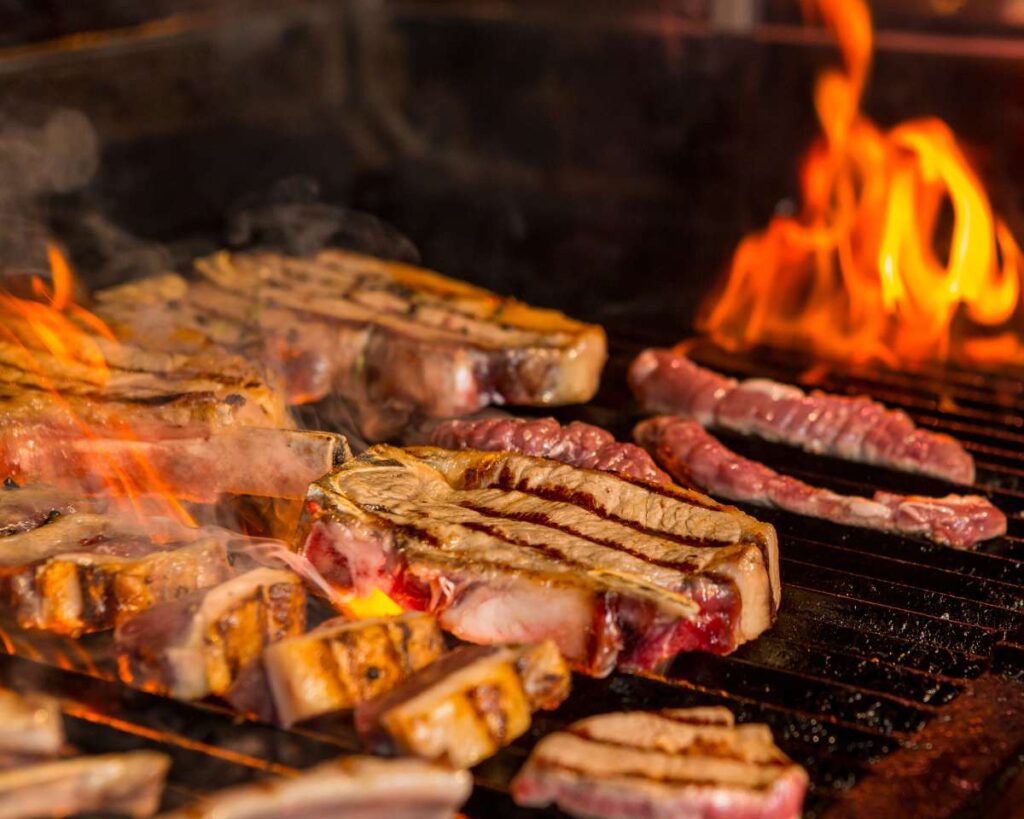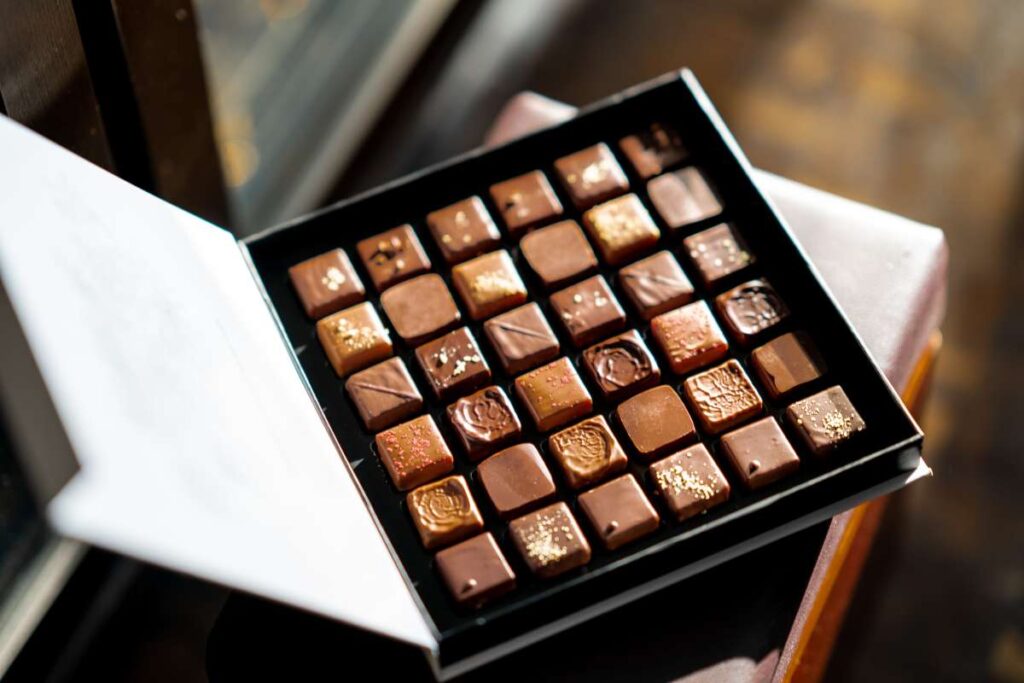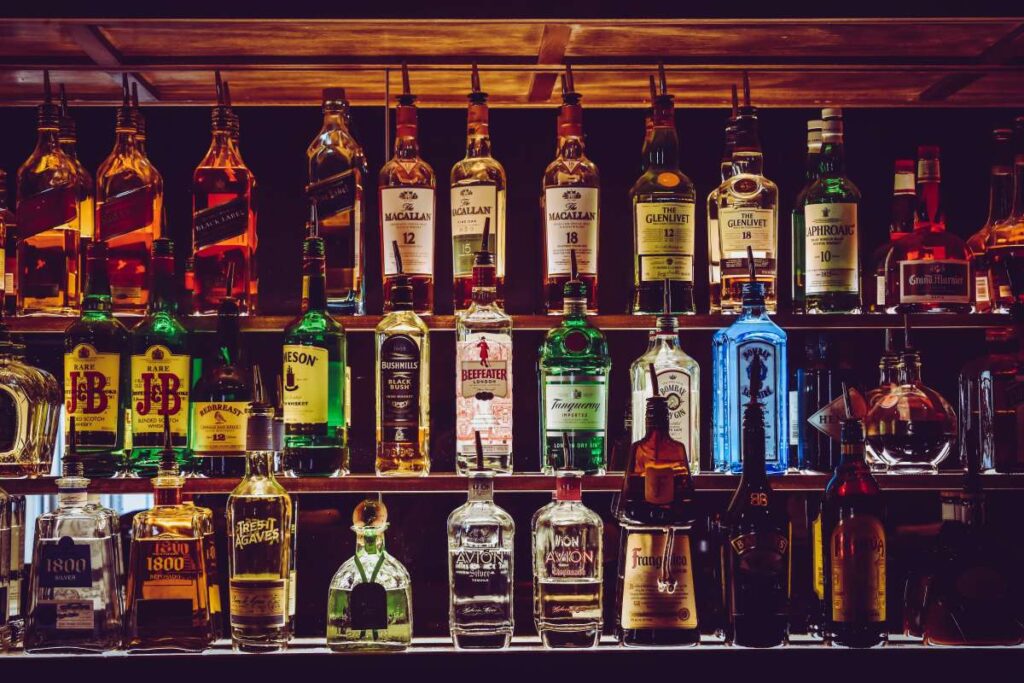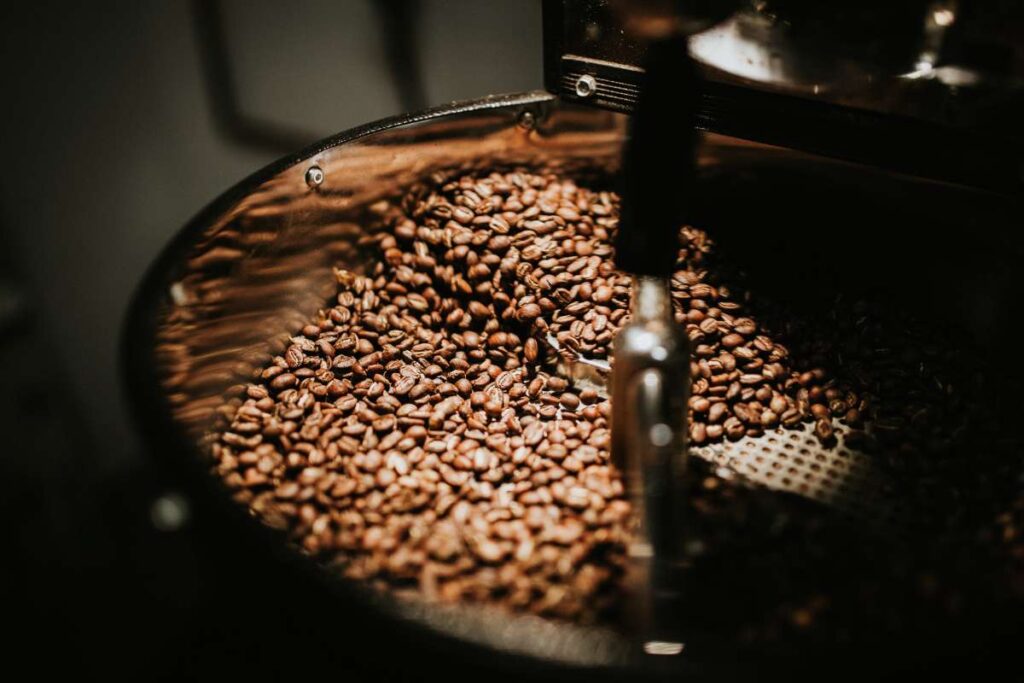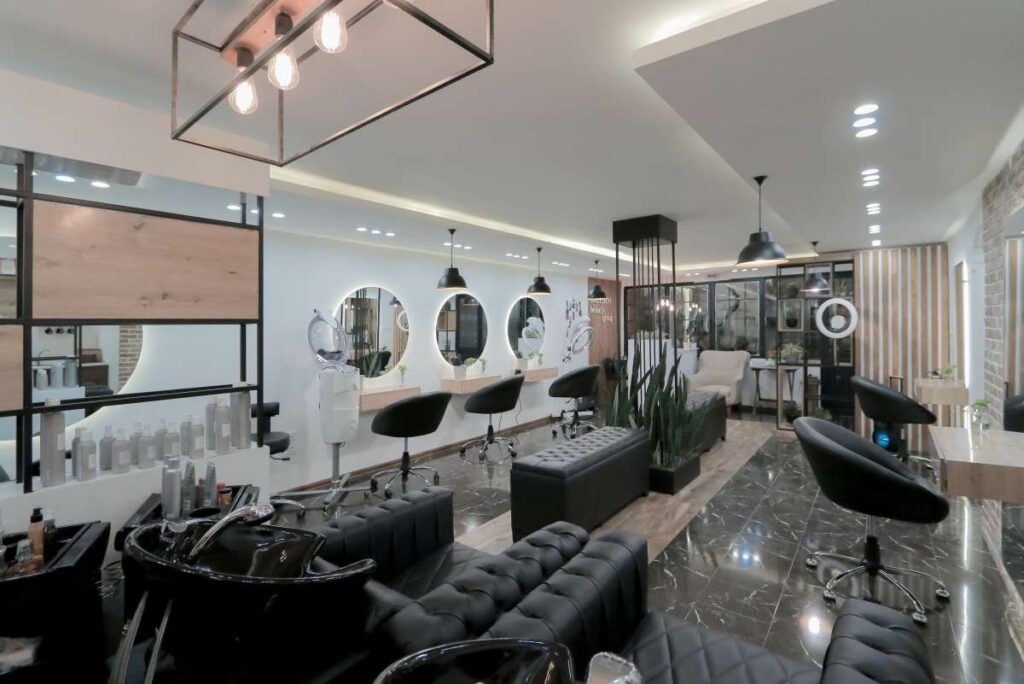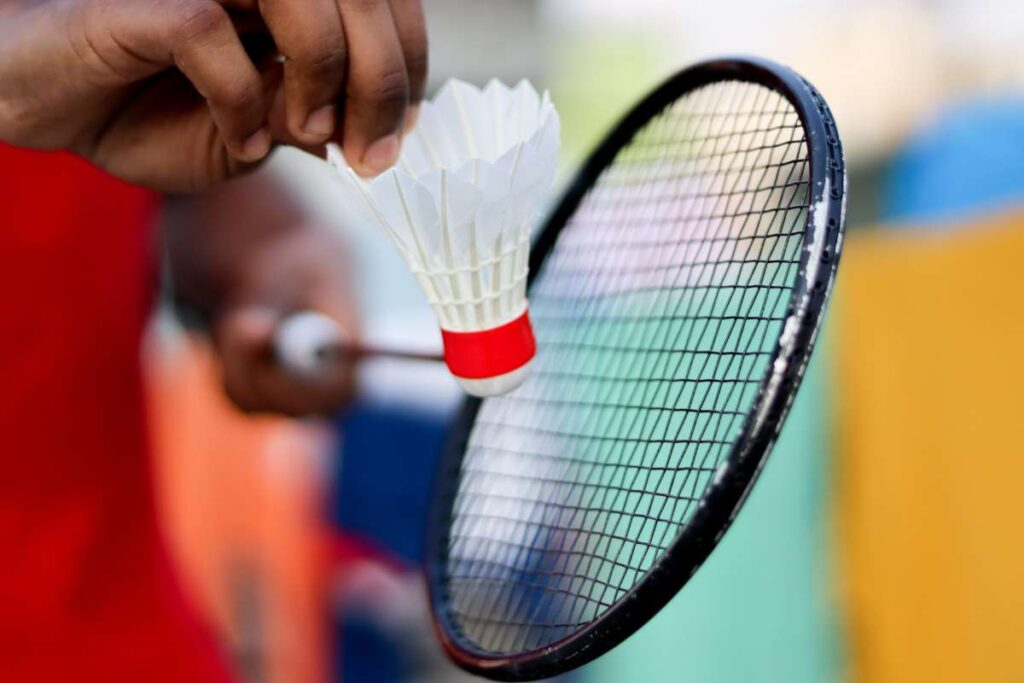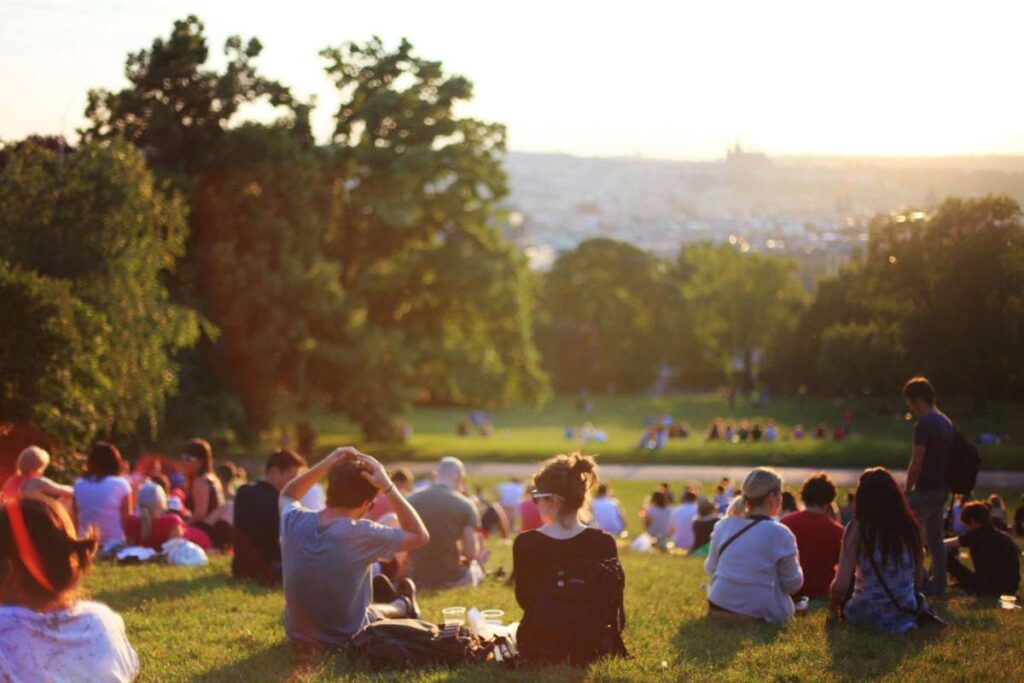When do you think is the ideal time to go to Melbourne? If you want to visit Melbourne, it's best to time it right to avoid the city's fickle climate. You may have thought that there are fewer tourists in August, but this is not necessarily the case. Your trip's specifics will be determined by your prefered travel time and activities. March, April, or November are great months to visit if you're seeking for a change of pace. Each of the three is special in its own way.
All seasons in Melbourne are wonderful. You should think about the weather and any special events that will be happening in Melbourne before settling on a specific month. Winter is the most popular season since it is the best time to visit all the Venues and eat lots of delicious comfort food! In addition, the season's pleasant temperatures make it ideal for outdoor pursuits like hiking and fishing. During the fall, when temperatures are more comfortable and crowds are smaller, you can enjoy a more leisurely vacation.
The Best Time to Visit Melbourne
The weather forecast is the single most critical piece of information when arranging a vacation to Melbourne. The months of December through February, summer in the Southern Hemisphere, are the ideal time to visit Melbourne. There are many exciting events happening all across town, and the weather is always warm and sunny at this time of year. During this season, the city comes to life with numerous outdoor celebrations and activities. Unfortunately, increased pricing and larger crowds come along with the warmer temperatures.
Weather
If you ask a Melburnian about the weather, they will tell you that it is not uncommon to have all four seasons in a single day. Yes, actually. Melbourne’s weather
has its own independent thinking, yet it shares the same summer, autumn, winter, and spring.
During the cold, temperatures rarely drop sub 40 degrees Fahrenheit, although the season is marked by a pervasive pall of cloud cover. Tourists avoid Melbourne in the winter because it is less pleasant than in other seasons.
The two seasons that are most prone to significant swings in temperature and precipitation are spring and fall. In the spring, the temperature might be 45 degrees Fahrenheit when you wake up, but by midday, it might soar to 70 degrees. Plus, after the sun goes down, the temperature naturally reduces. Rainfall increases in the spring as the colder months of the year give way to the warmer months of the summer. If you're going to be visiting in the spring or fall, you should bring a warm jacket.
Crowds and Tourist Attraction Availability
The warm and sunny summer weather attracts more people to Melbourne. The lack of any distinguishing features makes it less appealing than Ayers Rock in Alice Springs or the Great Barrier Reef in Cairns—where visitors swarm throughout specific periods of the year. Queen Victoria Market and Luna Park, two of Melbourne's most popular tourist destinations, are open every day of the year. Festivals and other events that coincide with the changing of the seasons give Melbourne much of its character. Queen Mary Market (QVM) is open 365 days a year, however it has a different night market every season (summer from November to March, winter from June to August).
Price
In the summer, when more people from all over the world visit Melbourne, the city's already high prices for flights and hotels could go up much further. Hotel prices rise slightly, but not noticeably, between the months of November and February. The Australian Open, the Melbourne Worldwide Comedy Festival (March–April), and the Formula 1 Grand Prix (fall) are just a few examples of the kinds of events that could cause an increase in prices throughout the year (March).
During the winter, when most people are hibernating, hotel and airline prices drop.
Key Holidays/Festivals/Events
Many major international events take place in Melbourne every year. People go from around the world to attend these events. Visiting Melbourne during a major festival is a must, so don't be put off by the thought of the throng. You should, instead, check the availability of tickets in order to join in on the action. You can see a detailed calendar of every upcoming event down below. It is advisable to plan ahead for travel and lodging if you intend to attend one or more of them.
Australia celebrates national and state-specific public holidays.
Melbourne Cup (in November), the Fridays before the AFL Grand Final (in Late october), Labour Day (in March), and the Queen's birthday are all observed as public holidays in Victoria (June).
Australia Day (in January), Anzac Day (in April), Good Friday, Lent Monday, Thanksgiving Day, and Boxing Day are all nationally recognised holidays. Travel plans may need to be adjusted around these celebrations due to increased crowds and/or altered business hours for things like public transit, attractions, and eateries.
Summer
If you enjoy the heat, drinking outside, and swimming in the summer, then this is the time to go. While our closest neighbours in Sydney enjoy more regular sunshine, we still have a considerable bit of warmth during the summer months. These conditions are perfect for outdoor events, such as the St. Kilda Festival, Zoo Twilights, and Laneway Festival, where you can witness world-famous bands perform in some of the city's most beautiful settings. There is the Boxing Day Test at the MCG on the day after Christmas, which attracts tens of thousands of spectators, and the Australian Open, where tennis' biggest names compete in the sweltering heat of July.
Pros of visiting Melbourne in summer
- Reasonably hot summers mean that the city of Melbourne, Australia, is a great place to enjoy the outdoors and all that it has to offer.
- There are many spectacular celebrations of sport and culture.
- With the longer days (daylight savings time), you can fit a lot into each day in Melbourne.
Cons of visiting Melbourne in summer
- Temperatures of 35 celsius and up are not unheard of. But typically this only lasts for a few days.
- Expect many hot and sweaty visitors during this busy season in Melbourne.
- Hotels often sell out well in advance, driving up rates dramatically.
Autumn
Go in autumn if you like: eating, drinking and roaring with laughter. While March delivers the major names in racing for the Formula student Australian Grand Prix, April comes the world-famous Melbourne International Film Festival (MICF) with over 400 hilarious shows to select from.. Autumn is also Melbourne Food and Wine Festival
The moment has come to indulge in the city's gastronomic delights at the signature food festival by visiting the many pop-up restaurants and other culinary playgrounds that have been set up throughout the city.
Attend the Virgin Australia Victorian Fashion Festival, the largest fashion festival in Melbourne, to see the work of Australian designers like Alice McCall, Dion Lee, and Scanlan Theodore. The central coast of Victoria, namely the journey down to the little town of Port Fairy, is beautiful at this time of year as well.
the Great Ocean Road, a long stretch of road that hugs the coastline and delivers some of the best beach views in the country.
Pros of visiting Melbourne in autumn
- The temperature has dropped, but it's still comfortable enough to enjoy Melbourne's outdoor spaces.
- Lighter crowds
- Shoulder season is the time of year when lodging and transportation costs decrease.
- As the seasons change, the city is more beautiful than ever.
Cons of visiting Melbourne in autumn
- Chance of rain is higher than in summer, especially if you visit in May
Winter
You should visit if you enjoy exploring throughout the winter. Winter in Melbourne might be chilly and rainy, but the city is prepared for such weather (and because it's the off season for visitors, you can save money on flights and lodging). Annually during the cold season, the National Gallery of Victoria The Melbourne Winter Masterpieces was a massive show put on by the Australian Centre for the Moving Image (ACMI) that lasted for a whole year. It featured the work of renowned artists from all over the world.
In August, the Melbourne International Film Festival (MIFF) occurs, presenting hundreds of exciting (and frequently world premiere) films from all across the world. The city's buildings and public areas are taken over by stunning projection art, mind-bending installations, and surprising encounters for the annual art party known as White Night, which takes place throughout the winter season. Spend the colder months discovering the city's hidden gems, like the 230 laneways adorned with vibrant street art or the countless underground bars. During the colder months, you may also enjoy some of Melbourne's finest dining establishments, such as these must-eat Melbourne dishes.
Pros of visiting Melbourne in winter
- Lighter crowds
- Since it is currently the off season, there is an abundance of cheap hotel rooms and cheap airline tickets available.
- Despite the chill, Melbourne's winter calendar is packed with exciting events.
Cons of visiting Melbourne in winter
- What the heck, it's freezing outside! Furthermore, it is frequently cloudy and miserable
Spring
Go in spring if you like: the great outdoors
and stunning artistic creations. Theatre, dance, visual art, and music from all around the world—including Australia—are showcased at the annual Melbourne Festival, which takes place every October. Similar jaw-dropping and eye-opening occurs at the Melbourne Fringe Festival, which features comedy, theatre, and other unusual events.
To take advantage of the many family-friendly activities that the Royal London Show offers during school breaks, families often accompany their children there. In the spring, a trip to Victoria's vineyards makes for a lovely day excursion.
Yarra Valley. The rolling hills, old barns, and waving vineyards create a gorgeous backdrop for a day of wine tasting and winery hopping in this area. If you'd rather get some exercise, there are a number of day hikes that can be reached quickly and easily by car from the city. Brunch, a local speciality, is a great way to wind down after exploring the city.
Pros of visiting Melbourne in spring
- Conditions are improving as the mercury rises.
- Shoulder seasons are cheaper for hotels and transportation because of lower demand.
- There are numerous fascinating activities that can be incorporated into a summer vacation, just as there are activities of this type throughout the year.
Cons of visiting Melbourne in spring
- I'm at a loss for words!
January
Both the weather and the abundance of attractions make the month of January a great time to visit Melbourne. The city is in full summer mode, which might lead to more crowds and higher pricing. When venturing out throughout the day in the city this month, keep in mind that the sun can be brutal.
Happenings that you shouldn't miss:
- In January, tennis fans may watch the start of the Australian Open. Tennis pros battle it out in the first of eight Grand Slam tournaments held at Melbourne's Rod Laver Arena, Ballarat Court Auditorium, and Melbourne Arena.
- The FOMO folk festival is a one-day event that travels around Australia every year. It is a gathering of both local and foreign musicians.
- The Midsumma Conference is a yearly event honouring the arts and culture of the LGBTQA+ community. It lasts for 22 days and features performances at over 80 venues throughout Melbourne. We regret to inform you that the 2021 Midsumma Festival will take place in April rather than July as originally planned due to the ongoing COVID-19 outbreak.
February
As February progresses, we see daily average temperatures in the 70s and 80s Fahrenheit, meaning that the warm weather will continue. Outdoor activities, such as festivals, will be more pleasant because the weather won't be as hot as it usually is in January.
Happenings that you shouldn't miss:
- St. Kilda Festival is a free, one-day music, art, and food festival on the beach. It attracts thousands of visitors each year, so expect a mass of crowds in St. Kilda during this time.
March
In the month of March, the city begins its gradual transformation into autumn. The weather is mild and there are plenty of exciting events happening throughout the world.
Events to check out:
- The annual World grand Prix season begins in March with Melbourne as the host city. As the race travels throughout the world, it draws a huge audience of spectators. Keep your eyes open; the passing cars are moving at a breakneck pace. Because of the ongoing COVID-19 epidemic, the 2021 Formula 1 Grand Prix has been moved to the month of November. *Editor's note.
- The Melbourne International Arts Festival is a major international event. It features a schedule of comedic acts, stage productions, and street performances from artists from all over the world and right in our own backyard. Over the course of 3.5 weeks in March and April, this festival is held.
- In March of each year, the city of Melbourne and certain outlying areas of regional Victoria host the Melbourne Foodie Festival. The best Australian cuisine, wine, and chefs are featured.
- The city of Melbourne hosts the annual, cost-free Moomba Festival for the local community. Along the Yarra River's shores, you may enjoy carnival rides, parades, musical performances, and sporting competitions. The event is suitable for all ages.
- Once a year, in March, Melbourne hosts the Virgin Australia Victorian Fashion Festival. The event features runway displays, beauty clinics, retail pop-ups, and panel discussions with experts from the Australian fashion industry.
April
Autumn's finest month is April. The temperature drops to about 65 degrees Fahrenheit, and the leaves become a brilliant orange. If you want to avoid crowds and save money, this is the best time to travel. There aren't any big happenings in Melbourne for April. Most locals use the week off around Easter to get away.
The Crystal Clear waters Road is at its best in April, when the weather is mild and the Rip Curl Pro surfing competition location: Bells Beach, where the action occurs. The vibrant Tesselaar KaBloom flower festival in the Dandenong Ranges may also make a day trip there worthwhile.
May
May coasts on the tails of April. It's quieter and a little chillier (about 60 degrees F). There is no better time than the winter to visit national parks like the Par with the best or Wilsons Promontory than when it is cool outside.
Happenings that you shouldn't miss:
- Grampians Great Escape is a celebration of local cuisine, wine, and music. It is not in Melbourne proper but rather is reached after a three-hour journey. Melbourne residents should plan a day trip to Grampians National Park.
June
Greetings, cold season! By the end of June, you can tell that Melbourne has become substantially cooler, wetter, and grayer. Even though it's the off-season for visitors, Melburnians are keeping busy at the increasing number of winter events. Melbourne has several pleasant bars and indoor stores perfect for a June visit.
Happenings that you shouldn't miss:
- Melbourne International Jazz Festival is an annual celebration that fills up spots all across town. It has a lineup of today's top jazz musicians. * Note to editors: The 2021 MIJF has been moved to October because of the continuing COVID-19 pandemic.
- Good Food & Wine Show is a festival where people can try the cuisine and wine of the area. In comparison to the great food festival, this one is more of a weekend-long educational and tasting event, so it's not quite as luxurious. Note from the Editor: 2021 MIJF has been moved to November because to the lingering COVID-19 pandemic.
July
The month of July is chilly. The weather is typically rainy, dreary, and dismal, and the temperature ranges from 40 to 55 degrees F. Winter is a slow season for tourism in Melbourne because most visitors choose the warmer climates of Brisbane and Sydney. Even though it's gloomy in the city, today is a great time to go skiing or snowboarding in the nearby mountains. All of the mountains in the region, including Baw Baw, Buller, Hotham, and Falls Creek, are within a day trip from Melbourne.
Happenings that you shouldn't miss:
- Oz Comic-Con happens throughout a single weekend in July. TV, film, literature, and comic book nerds may all find a home here.
- August
- Melburnians can't wait for summer to arrive in August. Even if the weather is still uninviting, there are a few events that people will brave the elements to attend.
Events to check out:
- Melbourne International Film Festival covers a period of 3 months in August and occurs annually. It is a comprehensive presentation of Australian filmmaking.
September
In September, as Melbourne's temperatures soar into the 60s F, the city sheds its winter coat. On weekends, Melburnians emerge from their social caves.
Happenings that you shouldn't miss:
- Melbourne Fringe is a two-week cultural festival. It unites artists of all genres to showcase their work, whether it be at a comedy show or a theater performance.
- The Melbourne Writers Conference is a sub event that serves as a forum for authors to not only read and discuss their works, but also to instruct and encourage aspiring authors.
October
Melbourne now enjoys the warmer weather of spring. The mercury begins to inch up in to low 70s, but the weather is still iffy. It's possible to experience all four seasons in a single day. Don't forget anything at the hotel. In October, the countryside in Yarra Valley is at its most beautiful.
Events to check out:
- The Melbourne Marathon attracts tens of thousands of competitors from all over the world to compete on a single October day.
The Melbourne National Arts Festival is an international meeting place for artists, audiences, and ideas. There will be performances in dance, music, drama, and the visual arts throughout the course of 17 days.
November
In November, highs average in the warm and pleasant 70 degrees Fahrenheit. Although there won't be as many sightseers this month, you'll see more of the neighbourhood regulars. For the most part because to the vacation surrounding the Melbourne Cup. It's also a wonderful time to go wine tasting in the Macedon Ranges or the Mornington Peninsula, or to go for a stroll in one of the country's many national parks.
Happenings that you shouldn't miss:
- Melbourne Cup Carnival occurs every year on the first Tuesday of September and features a horse race. There will be thousands of spectators dressed to the nines to cheer at their favourite horses. The rest of the month of November is filled with more races after the Melbourne Cup.
December
It's summertime! It's a great time to visit Melbourne, Australia, in December. Visitors from all over the world flock here in the summer to bask in the warm weather and celebrate the holidays. The weather is perfect for beach days, with temperatures averaging in the seventies and eighties Fahrenheit. It's common to see people in public places like rooftop pubs, open-air theatres, and restaurants that provide outside seating. December is a relatively quiet month, with only the holidays and New Year's Eve/Day to look forwards to.
Conclusion
Melbourne is at its best during the months of December and February, when it is summer in the Southern Hemisphere. There is a rise in tourism during Melbourne's summer months due to the pleasant temperatures and sunny skies. Two of Melbourne's most well-known tourist spots, Queen Victoria Market and Luna Park, are always welcoming visitors. Over the winter months (November–February), there is a small but noticeable increase in hotel rates. Public holidays such as Boxing Day and Anzac Day in January are observed on a national and state level and may need changes to travel plans.
If you love the outdoors, Melbourne, Australia is a fantastic destination to visit. The hallmark food festival takes place in the autumn, and it is the perfect opportunity to sample the culinary delicacies of the city. The city is ready for the cold and rain of winter. There is no shortage of fun things to do in Melbourne this winter. Discover the city's undiscovered treasures, such the 230 lanes covered in colourful murals.
A day trip to Victoria's vineyards in the spring is a delightful way to spend a day. The picturesque landscape is completed by the rusting barns and swaying grapes. Melbourne is fantastic to visit in January. There may be more people and greater prices now that the city has officially entered its summer season. As the COVID-19 epidemic continues, the Midsumma Festival will be held in April instead of July.
There are many countries represented at the Melbourne International Arts Festival. The Moomba Festival is an annual event in Melbourne that is open to the public and is free of charge. The Grampians Great Escape is a festival showcasing regional arts and produce. The month of April is mellower and cooler (about 60 degrees F). Every year, Melbourne comes alive for the Melbourne International Jazz Festival.
With the ongoing COVID-19 epidemic, the 2021 MIJF has been shifted to the fall. Movies, television, books, and comics are all represented in the Oz Comic-Con, which takes place over a single weekend in July. This is Melbourne, where each of the four seasons may be experienced in a single day. October in Yarra Valley is when the scenery is at its most picturesque. Except for the holidays and New Year's Eve, December is a slow month.
Content Summary
- Melbourne's already expensive prices for flights and accommodation may increase significantly in the summer when more people from all over the world visit the city.
- A day trip to Victoria's vineyards in the spring is a delightful way to spend a day.
- Located in Victoria's picturesque Yarra Valley.
- The pleasant temperatures and wide variety of activities in Melbourne make the month of January an ideal vacation period.
- Things you won't want to miss:
- The St. Kilda Festival is an outdoor celebration of music, art, and cuisine that takes place over the course of a single, cost-free day.
- March
- The city begins its slow transition into fall in the month of March.
- Melbourne is the starting point for the yearly World Grand Prix season in March.
- Formula One's Grand Prix in 2021 has been rescheduled to the month of November because to the ongoing COVID-19 pandemic.
- There are many countries represented at the Melbourne International Arts Festival.
- The Melbourne Fringe Festival lasts for two weeks.
- Melbourne, Australia, in December is a wonderful place to be.

